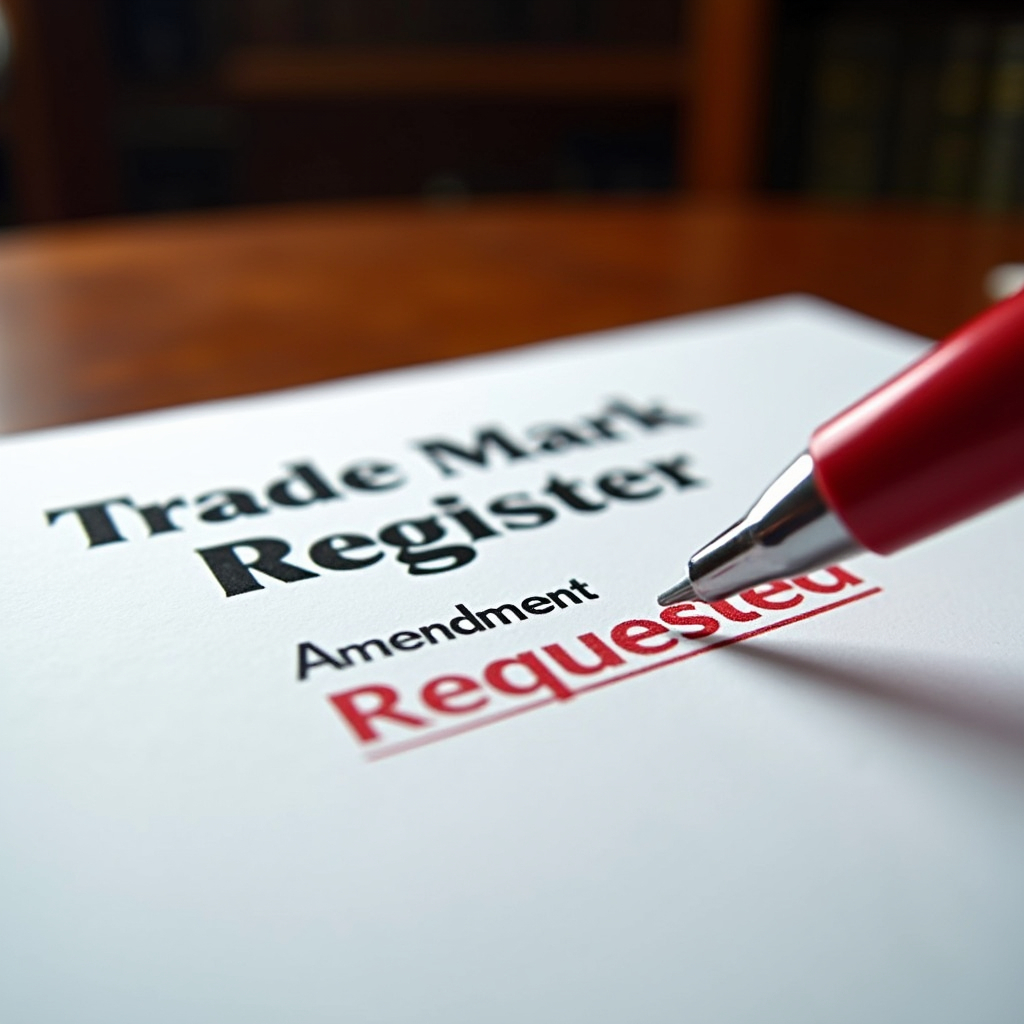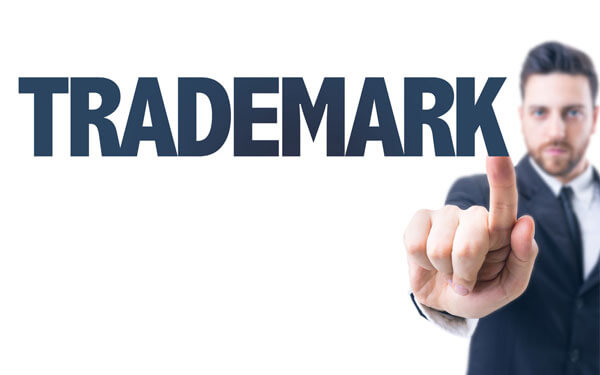This article has been written by Anwesha Pati. It discusses Section 58 of the Trade Marks Act, 1999 which deals with correction of an entry related to a registered trade mark in the trade mark register. The article also elaborates on the procedure laid down in the Trademarks Rules for correction of the register before ending with some FAQs.
Table of Contents
Introduction
A wide gamut of intellectual property has been recognised by the World Intellectual Property Organisation (WIPO) in order to boost economic and industrial development all over the world. Intellectual property serves as a means to promote contributions to science and technology and the rights accorded to the creator incentivises more creative activity. One such type of intellectual property is a trade mark.
The Industrial Revolution necessitated the growth of laws relating to trade marks as goods began to be identified by their distinctive symbols and marks in a stiffly competitive market. Trade marks facilitated businessmen in advertising their goods and building their reputations. However, by virtue of the economic value attached to a trade mark, it began to be misused by competitors by emulating marks or symbols used by popular businesses. Thus, a need for developing comprehensive legislation for the protection of trademarks was felt.
In India, the law relating to trade mark registration and other procedures is governed by the Trade Marks Act,1999 (hereinafter referred to as the ‘Act’). The present article deals with the procedure for correction of an entry in the trade mark register.
Definition and meaning of a trade mark
A trade mark is an inclusive term which denotes any word, name, symbol, configuration, device, combination of colours etc. used to distinguish between goods of one person from others. The definition of a trademark is provided under Section 2(1)(zb) of the Act states that it is a mark that can be graphically represented and which contains specific attributes that distinguish it from the goods and services of other people carrying on a similar trade.
There are three basic characteristics of a trade mark:
- It must be a mark.
- It can be graphically represented.
- The mark should be able to distinguish the goods and services of one person from others.
Section 2(1)(m) provides an inclusive definition of the term “mark” which includes a device, brand, heading, label, ticket, name, signature, word, letter, shape of goods, packaging or combination of colours or any other combination.
Graphically represented means the trademark for a good or service can be represented on paper.
A mark in order to be designated as a trademark should also contain some unique features that help to distinguish the goods or services, with which it is associated, from the goods of other persons.
What is a registered trademark
A registered trademark has been defined under Section 2(w) which states that a trade mark which has been registered under the said Act following the procedure provided under Chapter III. A trademark in order to be registered must fulfil the criteria stated above and also Sections 9 and 11 of the Act which deal with the absolute and relative grounds for refusal of registration respectively. Further, a trademark is considered to be registered as long as it has not been removed from the Register or cancelled by the Registrar.
An example of a registered trademark is the half-eaten apple sign with a leaf which is the trademark of the company Apple Inc. Any product which contains this logo is used to denote them as goods manufactured by Apple Inc. and at the same time distinguishes them from similar goods manufactured by other companies.
Not only signs but even a single word or a combination of words, font style and design can be registered as a trademark. The word “Coca-Cola” is a registered trademark under standard character format meaning that the word has been registered irrespective of any specific font, colour or size. It provides broader protection and prohibits any other company from using it by changing the font style or colour.
The word Adidas with three parallel lines is a registered trademark of the company Adidas AG. It specialises in the manufacture of athletic apparel and footwear and the trademark is used to distinguish their goods from other companies manufacturing similar items.
What is a register
Section 6(1) of the Act, states that a register of trademarks should be maintained at the head office of the Trade Marks Registry. It must contain a record of entries related to all registered trademarks. It should also contain:

- The details of the proprietors like names, addresses and descriptions.
- Any kind of notifications regarding assignments and transmissions.
- Other particulars like the names, addresses and descriptions of registered users.
- Any kind of condition or limitation imposed and other matters related to a registered trade mark.
The register of trademarks is kept at the Mumbai Head Office.
Section 6(2) states that the records can be kept by the Registrar, wholly or partly, in computer floppies or diskettes or any other electronic form, in accordance with the prescribed safeguards procedure.
Section 6(3) states that if the entries in the register are maintained on a computer, a reference to an entry in the register shall be deemed to be a reference to an entry maintained on the computer or other electronic form.
Section 6(4) states that if trust has been created on express terms or impliedly or constructively, any notice regarding it cannot be entered into the register and the Registrar is also not empowered to receive any such notice.
Section 6(5) states that the Registrar is bestowed with the responsibility of controlling and managing the register and keeping it up to date.
Section 6(6) states that it is mandatory to keep a copy of the register and other documents which are mentioned under Section 148, at each branch office of the Trade Marks Registry.
Section 6(7) states that the Register of TradeMarks consisting of both Part A and Part B which was in existence under the Trade and Merchandise Marks Act, 1958 is to be incorporated in the register under the Trade Marks Act,1999 and should be considered part of it.
Correction of the register under Section 58
Section 58 of the Trade Marks Act, 1999 provides for the correction of the register. The Registrar can make a correction in the register, where an application has been filed by the registered proprietor in the manner prescribed in the Trade Marks Rules, 2017 on the following grounds:
- There is an error in the details of the registered proprietor, where his name, address or description has been wrongly entered or an entry related to the trade mark and the same needs to be corrected.
- The details related to the person who is registered as proprietor of the trade mark, like his name, address or description have changed and the same needs to be altered.
- An entry related to a trade mark in the register needs to be cancelled.
- Any goods or classes of goods or services need to be struck out from the category in which a trademark is registered.
After making the correction in the register, the Registrar is required to amend or alter the certificate of registration. He may require the registered proprietor to produce the certificate of registration before him, for completing this process.
The Registrar is also empowered to make any correction related to an error or enter a change in the details of the registered user of a trade mark, like his name, address or description, if an application is made by him in the prescribed manner under Section 58(2).
A correction of an error under Section 58(1)(a) involves errors which are of a clerical nature and do not interfere with the substantive rights of the registered proprietor or users. If the error is of such nature, that suggests a change in the proprietorship or the nature of goods or services in respect of which the trademark is associated, then such a change cannot be effected under this Section.
Similarly, if the trademark has been registered in the name of the wrong person, in such a case, one cannot resort to Section 58 and has to apply for cancellation of the trademark and make a fresh application.
A registered proprietor can apply for cancellation of a trademark if he intends to no longer use it or applies for a new trademark which is likely to cover the existing one. Section 58(1)(d) also allows for striking out any particular goods which result in partial cancellation of the trademark. In such cases, the registered proprietor applies for certain goods or services to be removed from the category in which the trademark is registered, so as to avoid rectification proceedings on the grounds of non-use under Section 47 of the Act.
Need for correction of the register

The Trade Marks Register is a public document which contains all the relevant information regarding a registered trademark and its proprietor or users. It is the duty of the Registrar that every such information must be true, genuine and updated.
Any discrepancy in the entries may result in economic loss to the registered proprietor or it can become the basis for cancellation of the trademark or a ground for initiation of infringement proceedings. Additionally, if the information is not up to date, a trademark which has been cancelled or has not been renewed or has been abandoned for non-use can create impediments for future proprietors from registering a fresh trademark.
Thus, it is extremely important that any change or alteration in information must be notified diligently so as to facilitate timely correction of the register and the Registrar must also be circumspect about it.
Procedure for correction of the register

The procedure for correction of the register is provided under Rule 101 of the Trade Marks Rules, 2017.
- Sub-rule (1) states that a registered proprietor or user of a trademark must make a request to the Registrar through Form TM-P for making the appropriate alterations in the address in the register if there is any change in the address in respect of the principal place of business in India or home country or for service in India such that the entry made in the register is deemed incorrect. If the Registrar is satisfied that there has been a change, he will make the alterations in the register.
- Sub-rule (2) states that if a public authority had made any change in the address in respect of the principal place of business or for service in India of a registered proprietor or registered user of a trade mark such that the changed address and the address entered in the register denote the same premises, then such person can make a request through Form TM-P to the Registrar and shall submit a certificate showing the fact of alteration made by the public authority along with it. If the facts of the case are proved to the satisfaction of the Registrar, he shall make the alterations in the register and no fees will be required to be paid.
- Sub-rule (3) states that where a request has been submitted under Sub-rules (1) or (2) by the registered proprietor, it is required that a copy of the request should be served on the registered users, if any and the Registrar should also be informed. In the case of the request being made by a registered user, a copy of the request should also be served on the registered proprietor and all the other registered users who are permitted to use the particular trademark. The Registrar should also be informed about the same.
- Sub-rule (4) states that if a person whose address has been entered in the register as the address for service in India for more than one registered proprietor or registered user of trade marks which needs to be altered, an application through Form TM-P along with the particulars of alteration must be made by the applicant. The Registrar, after perusing the evidence adduced as proof that the address sought to be changed is actually the address of the applicant and on being satisfied that it would be proper to make the alteration, will accept such an application and make the appropriate alteration in entries of address with respect to their individual registrations.
- Sub-rule (5) states that all applications on Form TM-P must be signed by the registered proprietor or registered user or any agent authorised by him.
- Sub-rule (6) states that where an application has been made under Section 58(1) for correction of register on any of the grounds mentioned, the applicant will be required to furnish evidence by affidavit regarding the circumstances in which the application was made to the Registrar and a copy of the application must be served upon the other registered users, if any and to any other person who is likely to have an interest in the trade mark.
Conclusion
The Trade Marks Act, 1999 contains a comprehensive legal framework for registration, assignment, infringement proceedings and other matters with regard to a registered trade mark. The trade mark law seeks to promote the reputation and goodwill of a business. At the same time, it protects the consumer and traders from falling prey to the unscrupulous use of trademarks by any person who wants to gain an advantage by passing off his goods as belonging to another.
Thus, any information related to a registered trade mark and its proprietor or user, being a matter of public importance, must be maintained with great scrutiny and care. Any error or change that has taken place in the name, address or description of the registered proprietor or user or any alteration regarding a trade mark must be notified to the Registrar immediately so as to preclude chances of confusion or misuse. Section 58 of the Act together with the Trademark Rules provide suitable guidelines as to the procedure to be adopted for effecting a correction of the register.

Frequently Asked Questions (FAQs)
Is it necessary to register a trademark?
It is not mandatory to register a trademark. However, a non-registered trademark will be governed by common law and will not be able to avail of the protections provided under the Trade Marks Act, 1999.
What are the benefits of registering a trademark?
Registering a trademark gives the proprietor the exclusive right to use it to distinguish his goods or services from others. A trademark helps in increasing the brand value of the business, by signifying that goods bearing the same trademark are of the same quality. It also gives him the right to institute infringement proceedings in case a person dishonestly uses the trademark for selling his own goods.
What cannot be registered as a trademark?
The following marks cannot be registered as trademarks under Section 9 of the Act:
- Descriptive marks which cannot be graphically represented and only denote the quality, quantity, kind, intended purpose or geographical origin of the goods or services.
- Marks that can confuse or deceive the public.
- Marks that are likely to hurt the religious sentiments of any particular community in India.
- Marks that are considered scandalous or obscene in nature.
- Marks that do not possess any distinctive quality and as such do not impart distinctive character to the goods or services.
- Marks that have been prohibited for use under the Emblems and Names (Prevention of Improper Use) Act, 1950.
- Marks that have become customary in the current language or by virtue of established trade practices.
What is the difference between a trademark and a property mark?
A property mark is defined under Section 479 of the Indian Penal Code,1860 (replaced by Section 345 of the Bharatiya Nyaya Sanhita, 2023) as a mark that is used to indicate that a movable property belongs to a particular person. Whereas, a trademark is used in relation to goods or services as denoting the source of manufacture or quality of the goods.
References
- Law Relating to Intellectual Property Rights, Dr V K Ahuja, LexisNexis (2nd Edition), 2013.
Students of Lawsikho courses regularly produce writing assignments and work on practical exercises as a part of their coursework and develop themselves in real-life practical skills.
LawSikho has created a telegram group for exchanging legal knowledge, referrals, and various opportunities. You can click on this link and join:
Follow us on Instagram and subscribe to our YouTube channel for more amazing legal content.
 Serato DJ Crack 2025Serato DJ PRO Crack
Serato DJ Crack 2025Serato DJ PRO Crack








 Allow notifications
Allow notifications



